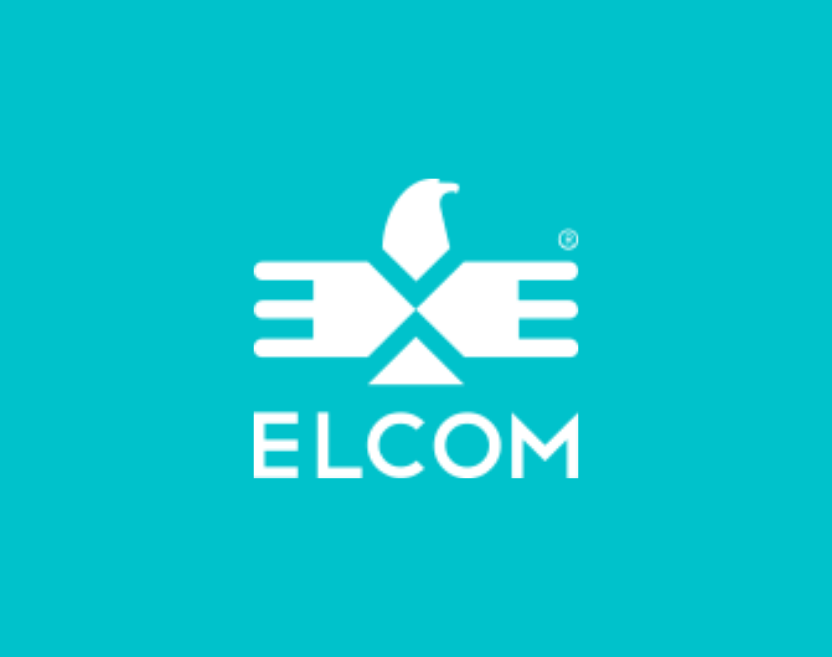A crucial issue for any solar installation is solar panel wiring and how to link solar panels together. Understanding how different stringing configurations affect the current, voltage, and power of a solar array is critical for selecting an optimal inverter and ensuring that the system functions properly. If the voltage exceeds the inverter's maximum output, production will be curtailed. This intricacy can be managed by contemporary solar software which will tell you whether your string lengths are adequate or may even string the system for you. It's still necessary to comprehend the string sizing requirements.
We won't go into all of the intricacies in this post because solar panel wiring is a sophisticated issue, but whether you're new to the business and just learning the fundamentals of solar design or looking for a refresher, we hope this gives a helpful overview of some of the basics of string solar panels.
To have a working solar PV system, you must connect the panels to form an electrical circuit in which current may flow, as well as connect the panels to the inverter, which will convert the DC power generated by the panels to AC electricity that can be utilized in your home or transferred to the grid. In the solar energy sector. This is sometimes referred to as "stringing," and each string is a group of panels joined together.
There are several approaches to solar panel wiring. Stringing solar panels in series vs. stringing solar panels in parallel is one of the most important distinctions to grasp. The electrical current and voltage in the circuit are affected differently by the various stringing arrangements. Connecting solar panels in series entails connecting each panel in a line to the next. Solar panels feature positive and negative terminals, much like a regular battery.
When stringing solar panels in series, the cable from one panel's positive terminal is linked to the next panel's negative terminal, and so on. When connecting panels in series, each new panel raises the overall voltage of the string while keeping the current constant. A darkened panel can lower the current along the entire string, which is one disadvantage of stringing in series. The current is decreased to that of the panel with the lowest current since the current remains constant throughout the string.
Parallel solar panel stringing is a little more difficult. When stringing in parallel, the positive terminals of all the panels on the string are linked to one wire, and the negative terminals are all connected to another wire, instead of connecting the positive terminal of one panel to the negative terminal of the next. When panels are connected in parallel, the current of the circuit grows with each new panel, but the voltage of the circuit remains constant. As a result, stringing in parallel has the advantage of allowing one panel to be strongly shadowed while the rest of the panels continue to work properly and the current of the entire string is not diminished.
This is a basic guide to solar panels. These can be easily used with crystalline and thin-film panel manufacturers and are robust and weather-proof for reliable performance.
There are a few good suppliers of solar panel connectors and PV connectors. Elcom became India's first manufacturer of solar components in 2013, with the goal of contributing to a cleaner economy and increasing access to renewable energy. Elcom has been at the forefront of designing and manufacturing high-quality solar components, such as solar connectors, PV cable connections, branch connectors, module junction boxes, and PV wire harness solutions, since its inception. These are used in a wide range of solar power applications. Elcom's production plant is ISO 9001:2015 certified, and these products have been TUV certified to IEC standards.
Conclusion: The article clearly explains the solar panel wiring basics and about the string solar panels. Make a note to buy these solar panel or cable connectors only from reliable electronic components manufacturers for best results. Only high-quality solar panel connectors will ensure optimal performance.



